Cupping for weight loss does not require sealing. After cupping, the skin is in a sensitive state, and sealing may increase the risk of infection. Cupping for weight loss promotes local blood circulation and metabolism by stimulating acupoints with negative pressure, but attention should be paid to operating procedures and individual physical differences.
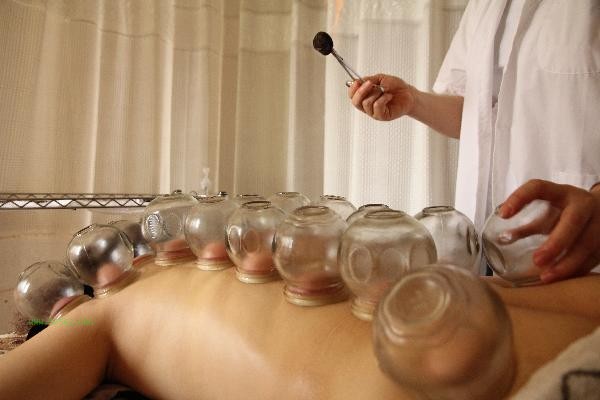
1. The principle of cupping for weight loss: Cupping uses negative pressure to make the cupping stick to the surface of the skin, stimulate acupoints and meridians, promote blood circulation and lymphatic detoxification. After cupping, there may be local skin congestion and bruising, which is a normal phenomenon, indicating that the circulation of qi and blood has been improved. The effect of cupping for weight loss varies from person to person and needs to be combined with dietary control and moderate exercise.
2. Precautions after cupping: After cupping, the skin pores should be opened, and exposure to cold water should be avoided to prevent the invasion of cold air. Mild pain or bruising may occur at the cupping site, which usually subsides on its own within a few days. If severe discomfort or infection symptoms occur, such as redness, swelling, or fever, seek medical attention promptly. It is not advisable to take a shower immediately after cupping. It is recommended to wait for 2-3 hours.
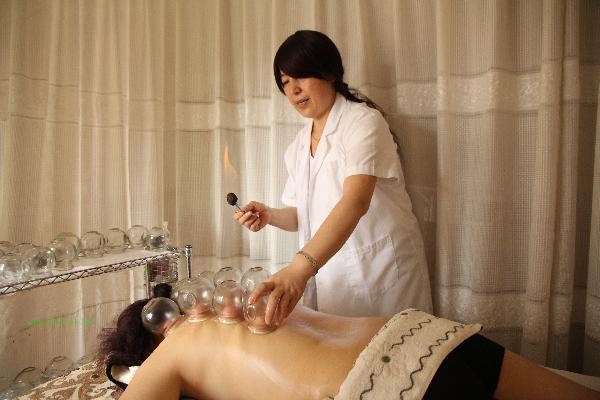
3. Guidelines for cupping for weight loss: Cupping should be performed by professionals to avoid skin damage caused by self operation. The cupping time is generally 10-15 minutes and should not be too long. The recommended frequency for cupping is 1-2 times a week, as excessive frequency may damage the skin. After cupping, a warm towel can be applied to the cupping area to promote blood circulation and recovery.
4. Dietary advice for cupping weight loss: During cupping weight loss, a balanced diet should be maintained, avoiding high calorie and high-fat foods. It is recommended to consume more fiber rich vegetables and fruits, such as spinach and apples, which can help promote intestinal peristalsis. Moderate intake of high-quality protein, such as chicken breast and fish, helps maintain muscle mass. Reduce sugar intake and avoid sugary drinks and sweets.
5. Exercise suggestions for cupping weight loss: Cupping weight loss can be combined with moderate exercise to improve weight loss effectiveness. It is recommended to choose low-intensity aerobic exercise, such as brisk walking or swimming, for 30-45 minutes each time. Strength training such as squats and push ups, 2-3 times a week, can help improve basal metabolic rate. Pay attention to warm-up and stretching before and after exercise to prevent muscle strains. Cupping is an auxiliary weight loss method that requires a combination of healthy diet and moderate exercise to achieve better results. After cupping, there is no need to seal the can, just keep the skin clean and dry. If abnormal symptoms occur after cupping, seek medical attention promptly. Cupping for weight loss is not suitable for everyone, and special populations such as pregnant women, skin disease patients, and heart disease patients should avoid using it. It is recommended to undergo cupping for weight loss under the guidance of a professional physician to ensure safety and effectiveness.


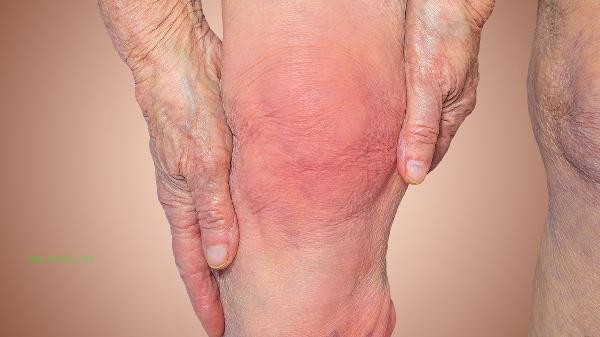
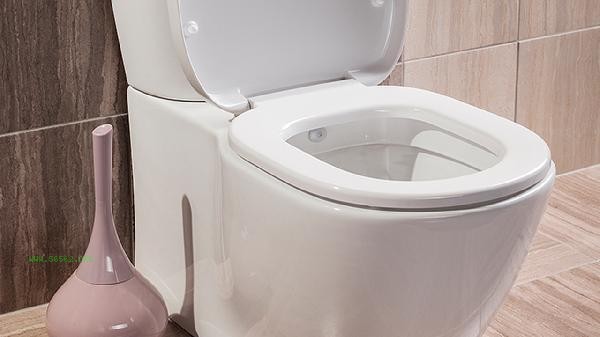
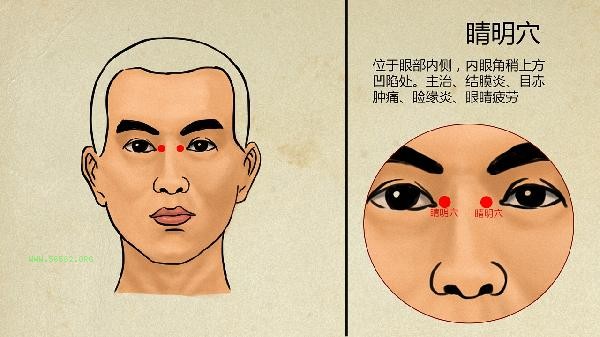
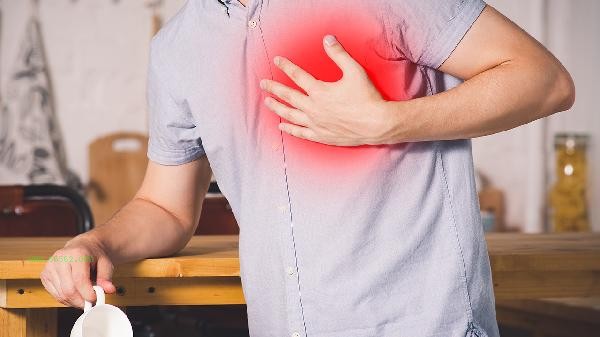
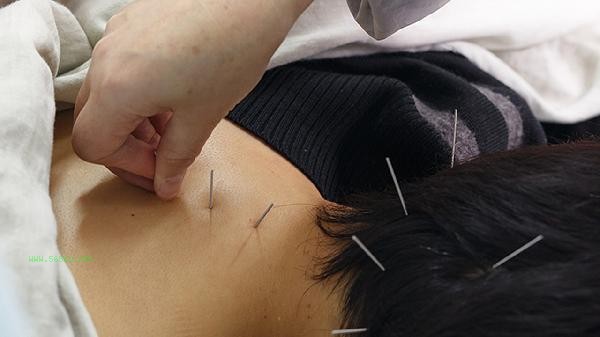


Comments (0)
Leave a Comment
No comments yet
Be the first to share your thoughts!